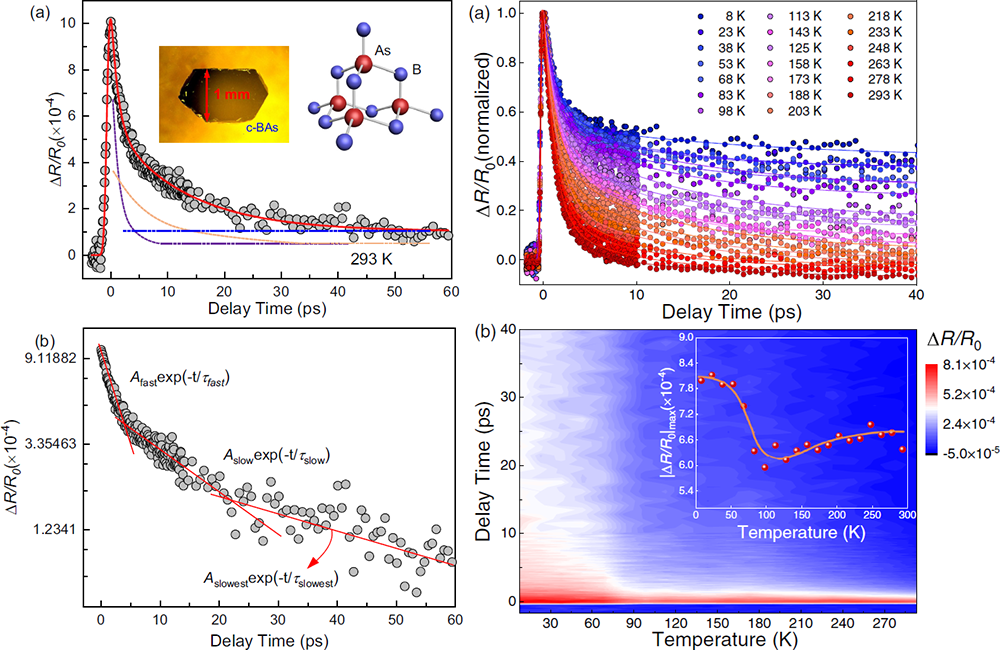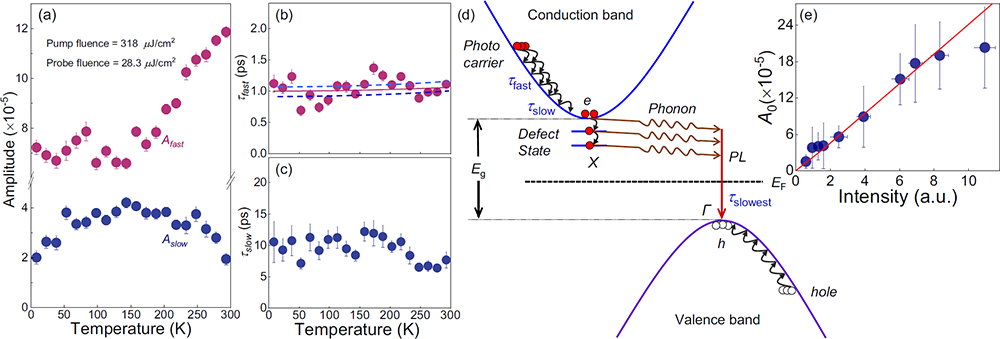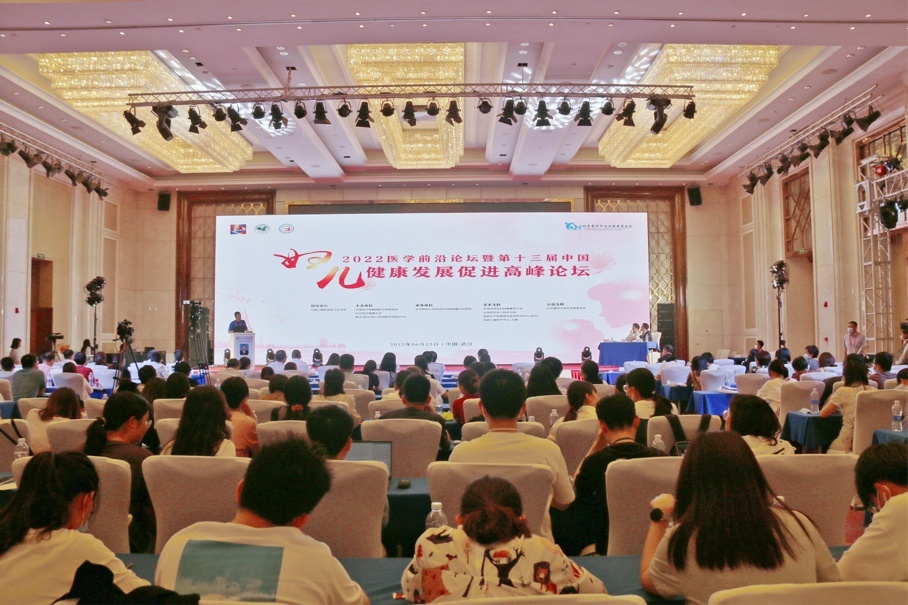Progress | Ultra-weak electricity-sound coupling strength and potential correlation with ultra-high thermal guidance rate
Author:Institute of Physics of the Ch Time:2022.06.21
Cube boro arsenic (C-BAS) has attracted great interest due to its ultra-high thermal guidance rate (close to diamond, graphene, etc.), and the research on its thermal conductivity is also continuously deepened. As we all know, the thermal conductivity of solid materials is mainly two types of electronic heat conduction and sound -consuming heating. Most solids belong to the former, and a few belong to the latter thermal conductivity often shows ultra -high thermal conductivity. So far, people's research has shown that the ultra-high thermal conductivity of the semiconductor material C-BAS belongs to the latter. It is the huge energy difference between the sound of sound and sound of sound-sound-scattered scattering, which attributes its mechanism to the huge energy difference between optical sound and acoustic sound. However, there are few research discussions that determine which kind of heat conduction method of the solid CCP (electronic thermal conductivity v.S. Shengzi heat conductivity) is defeated by the solid CCP, that is, why some materials are electronic thermal conductivity and some materials are sound -conducting? Why do some transparent materials are hot conductors and some are hot and bad conductors.

Figure 1 High-thermal guide material C-BAS's stimulus, quasi-particle ultra-fast dynamics
Recently, the Institute of Physics of the Chinese Academy of Sciences/Beijing Congress Physics National Research Center SF05 Group Zhao Jimin and his doctoral student Tian Zhenyun, intern Zhang Qianyu, Xiao Yawen conducted a deeper ultra-fast spectrum research on high thermal guidance materials C-BAS Essence They obtained the electronic-sound-vocal interaction during the density of mild density and density through the density of mild density. Very small, the weakest electric-vocal coupling strength reported to date (Figure 2). At the same time, based on the internationally published graphene ultra -fast spectrum data, they estimated that the electrolytic coupling strength of graphene was also very weak. Based on this, they are likely that the super weak electro -sound coupling intensity is a universal commonality of ultra -high thermal guidance materials, providing new ideas for future exploration and design of high -thermal guide materials: only the material with very weak electro -sound coupling intensity has the strength of the material with extremely weak intensity of the intensity of electro -sound coupling intensity. It may show ultra -high thermal guidance (screening can be screened with experimental methods such as ultra -fast spectrum or Raman spectrum).

Figure 2 Experimental observation of high-thermal guide materials C-BAS-Electric-Sound-coupling strength experimental observation
Their understanding of physical images is as follows: If a material has a strong electro -sound coupling strength, the sound is "sticky" by electrons in the process of thermal conductivity, which is equivalent to many electrons on the package to produce "drag and drag" effect (drag and drag "effect (drag and drag" effect (drag and drag "effect (drag" effect (dragging "effect (dragging" effect ( Figure 3) The heat conduction mechanism is no longer a pure sound-sound-sound scattering to dominate. Compared with the electronic heat conduction material, it no longer has a very high thermal conductivity. In order to make the sound of sound-sound-sounding thermal conductivity appear, it is possible to achieve it only in the material with a very small electrolytic coupling intensity. In the past, research generally only considers electronic thermal conductivity or isolate the sound -conducting model. This research prompts people to think about the potential association between these two independent mechanisms: what mechanism has led to one of them play a leading role in the thermal conductivity process Essence

Figure 3 The role of electrolytic coupling strength in determining which heating mechanism in the insulation or semiconductor is dominant
The work was completed with Professor Liang Erjun of Zhengzhou University, Professor Ren Zhifeng of Houston University, Professor Bao Jiming, V. G. Hadjiev researcher, doctoral student G. A. GAMAGE and F. Tian, and the National Nano Center Yue Shuai researcher. Related work was recently published at Physical Review B 105, 174306 (2022). The study was strongly supported by the Ministry of Science and Technology, the Fund Committee, the Chinese Academy of Sciences, and the Beijing Fund Committee.
[1] Z. Y. Tian, Q. Y. Zhang, Y. W. Xiao, G. A. Gamage, F. Tian, S. Yue, V. G. Hadjiev, Jiming Bao, Zhifeng Ren, Erjun Liang, and Jimin Zhao, Ultraweak electron-phonon coupling strength in cubic boron arsenide unveiled by Ultrafast Dynamics, Phys. Rev. B105, 174306 (2022).
Edit: Garrett
- END -
The 13th Chinese women and children's healthy development promotion summit forum was held in Han

On June 25, the 2022 Medical Frontier Forum and the 13th Chinese Maternal Maternal...
"Technology" is really fragrant!The coffee you drink is delivered by drones

People sit at home, and the coffee sky comes up. Recently, Shanghai Jinshan Distri...